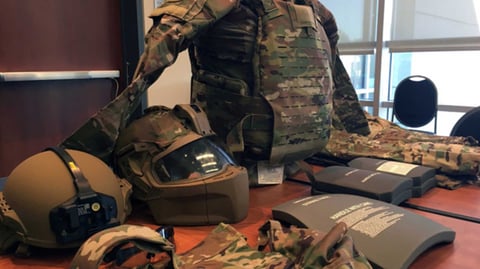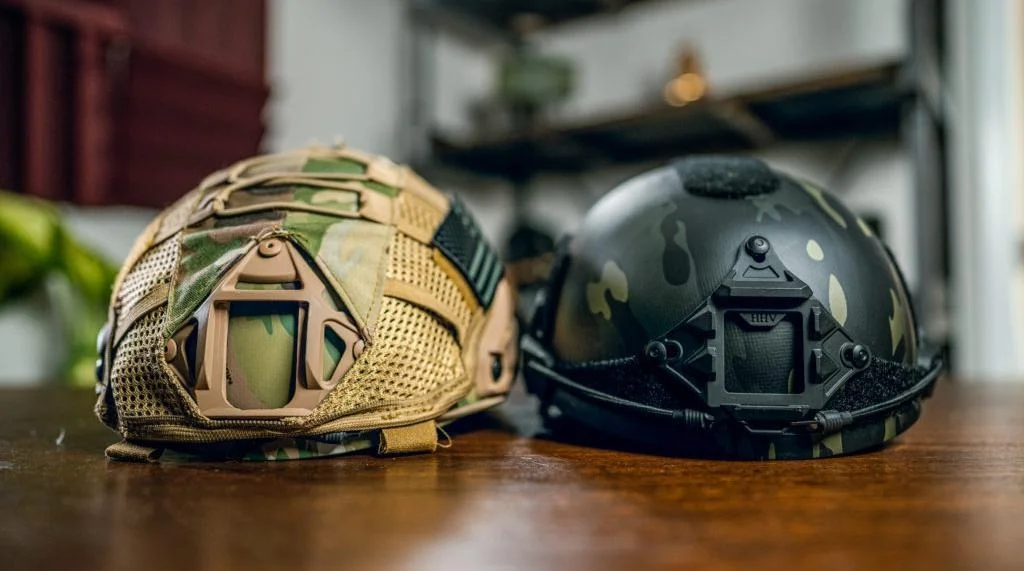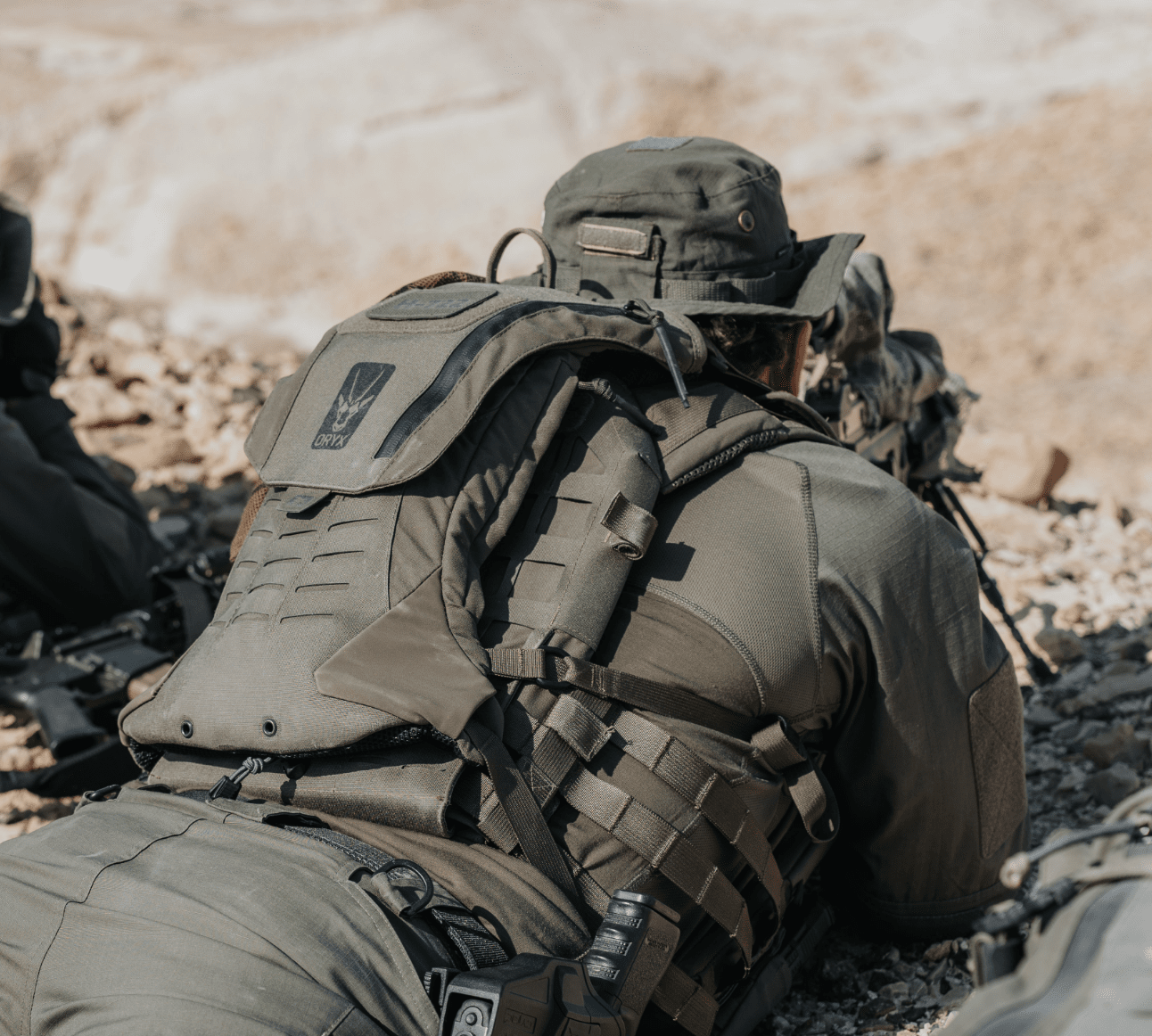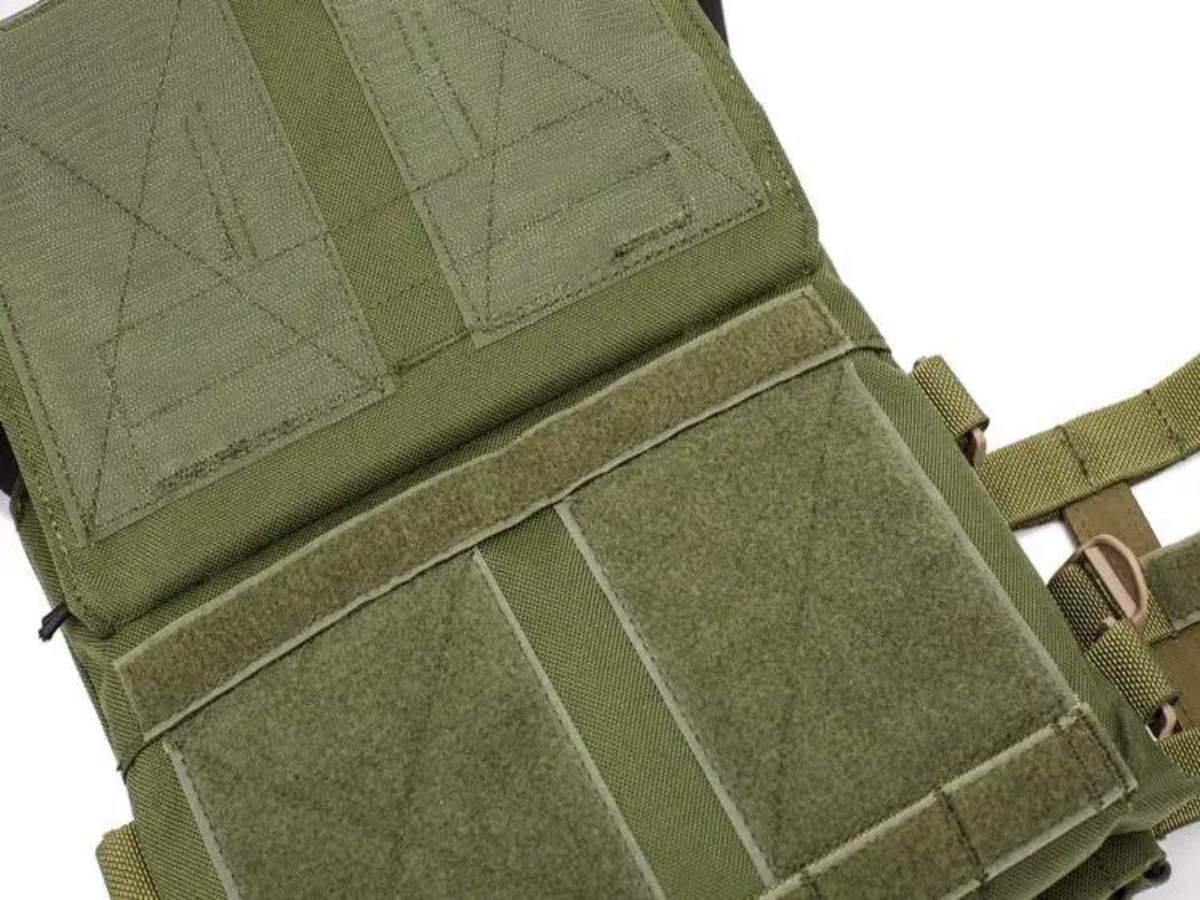The Ultimate Guide to Plate Carriers and How to Choose the Right One for You

Plate carriers are an essential piece of equipment for anyone looking to stay safe in a tactical situation. Whether you’re a law enforcement officer, military personnel, or just an avid outdoorsman, having the right plate carrier can make all the difference. In this guide, we’ll discuss the different types of plate carriers available and how to choose the right one for you. We’ll also provide tips on how to properly wear and maintain your plate carrier so that it can provide maximum protection when needed.
What Are Plate Carriers and Their Benefits

Plate carriers, also known as ballistic plate carriers, are tactical equipment that provide bullet protection when combined with ballistic plates. This combination serves as a form of body armor for those in dangerous situations. Plate carriers are a common choice for those in the military, police and other tactical forces. They provide protection from multiple strikes and can be easily detached in an emergency situation.
Tactical plate carriers are designed to be used with armor plates and have slots for ceramic, composite, or steel body armor plates. These vests provide extra protection against ballistic threats and are an essential part of any soldier's gear. Body armor plate carrier vests are often referred to as "body armor". These vests come in a variety of styles and sizes, making them suitable for different types of threats. Depending on your operational needs, environment, or circumstances, there are a range of tactical body armor types available. These range from light & discreet for covert & plainclothes operations to heavier armor designed for protection against high velocity rifle fire.
Plate carriers offer superior protection against high-level threats, such as 7.62mm full metal jacket rounds, from the neck to the waist in the front and back areas when compared to bulletproof vests which are designed to protect against low-caliber firearms. Plate carriers are more hazardous than bulletproof vests due to the added weight of the plates inside. They can be targeted by snipers and assault weapons using specialized ammunition, making them more dangerous. Although the plates may be bulky, they will offer great protection in the long run, making them a worthwhile investment.
Types of Plate Carriers and Their Features

There is a huge variety of plate carriers available in the market, which can be broadly categorized into four groups.
• Heavy armor systems are designed for heavy-duty usage and can carry loads of up to 35 pounds. These systems are not suitable for regular civilian use, so they are typically disregarded.
• Medium plate carriers are perfect for those who need to carry more than just the plates. These carriers can comfortably hold up to 20-30 pounds of gear.
• Minimalist plate carriers are designed with minimal padding and attachment points, making them ideal for carrying loads of up to 15-25 pounds.
• Slick carriers are lightweight and designed to be worn underneath clothing. They may not have the emergency doffing features that Medium and Minimalist carriers have, but they are simple to put on and take off.
How to Choose the Right Plate Carrier
The key to finding the perfect plate carrier is size. If it doesn't fit correctly, it can be uncomfortable and limit movement. It is not like buying a shirt from the store - many people have difficulty getting the right size.
There are many different types of plate carriers available, each designed for a specific purpose. If you're new to body armor, it can be tricky to find the right one that meets your needs. It's important to consider your needs and research the different options before making a purchase.
In this part, we will explore some essentials steps that will help you with your plate carrier sizing:
What Size Plate Should You Get
People all over the world face issues with their plate carriers due to improper sizing. Many individuals don't realize the importance of finding the right fit and end up making wrong choices. The most frequent explanation for opting for larger plates is that they think it will provide more coverage.
Wearing an oversized plate armor can severely limit your mobility and make it difficult to use your weapon effectively. Additionally, it adds extra weight which can negatively impact your shooting stance. Therefore, it is best to avoid wearing oversize plates while handling weapons. It is important to ensure you purchase the correct plate that is compatible with your armor in order to maximize its protection.
10" x 12" is the most common armor plate size and is considered a medium size. However, if it doesn't fit you, it's important to take your body measurements to find the right fit for you.
Considering Three Key Factors When Selecting a Plate Carrier
When selecting a plate, make sure to consider the height of your plate in relation to your torso size. This measurement can vary from person to person and is important for proper use. It is important to ensure that the armor plate on your chest is positioned 1-2 inches above your navel and aligned with your clavicular line. On the other hand, the back armor plate should be lower than your vertebra prominences.
After selecting the type of armor plate, it's essential to evaluate its impact on your mobility. Ensure that you can move with ease while wearing the plate carrier for optimal performance. To improve your flexibility, you should incorporate some basic exercises into your routine. These include stretching to touch your toes, moving your arms up and down, twisting your torso in different directions and even doing a burpee if necessary. The aim is to allow for unhindered mobility, so that you can move around without any hindrance.
If you are looking for armor plates, it is important to keep in mind that they will not be the only item on your body. As a civilian, you may not have many accessories to carry with you but if you are part of the police or military, there may be multiple body kits that need to accompany your plate. It is important to ensure that the gears you are wearing are compatible with one another to avoid any conflicts.
How to Properly Wear Your Plate Carrier
Once you have all the necessary items loaded onto your plate carrier, it's important to make sure it fits comfortably on your body. Here are a few tips to help you properly fit the load bearing gear:
- Make sure the front plate of your body armor is positioned in the middle of your chest.
- Make sure the shoulder straps are tightened properly so that the top of the front plate is in line with your sternal notch, which is located where your collarbone meets your sternum.
- To ensure the plates are positioned correctly, adjust the shoulder straps so that they are both even.
- Pull the side straps firmly to ensure a secure fit.
- To ensure the back plate is correctly placed, you can either use a mirror or ask a friend to check its alignment with the front plate.
- You should always check the secureness of your plate carrier by tugging on it to make sure it is firmly in place.
- To ensure the carrier is secure, move around and incorporate arm movements, twists and bends into your body motion. This will help the carrier stay in place without shifting or slipping.
If the vest shifts, make sure to adjust and tighten the straps for a better fit. Additionally, any additional accessories that interfere with the weight distribution should be adjusted as well.
How to Maintain Your Plate Carrier
To ensure your plate carrier is regularly maintained, using bottled air is the ideal solution. A small compressor can be used to remove moisture and dirt from the body armor after each mission. This should be done in conjunction with a visual inspection for optimal results. To effectively clean plate carrier sets that have been exposed to more dirt and humidity, you will need four items:
- Warm water (90 degree water)
- Mild hand soap
- Cotton washcloth
- Soft toothbrush
For minor stains, a bit of soapy water and a washcloth is usually enough to remove oil or other thick liquids. This is often more effective than using multiple cleaning solutions.
Selecting a suitable carrier is essential for optimal performance. Unnecessary weight can be a burden, so it's important to make sure the armor you choose fits properly and is not too heavy. This way, you can ensure that your armor provides maximum protection during travel or on duty.



